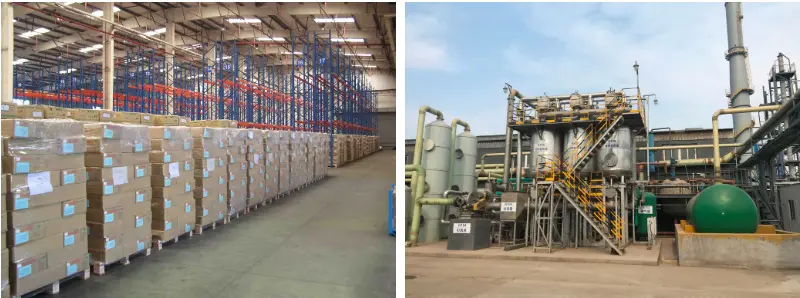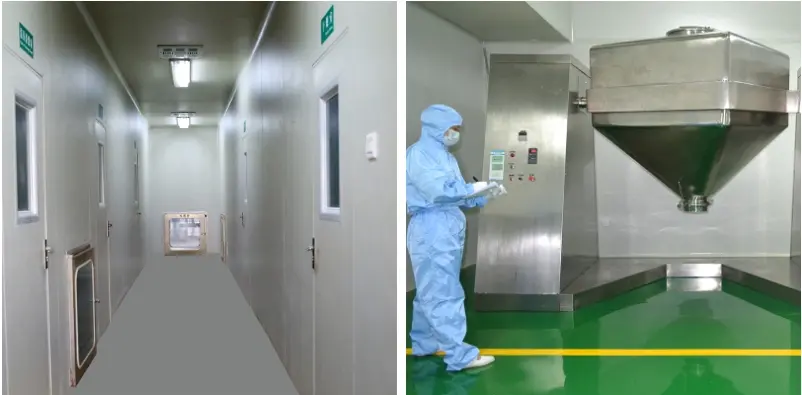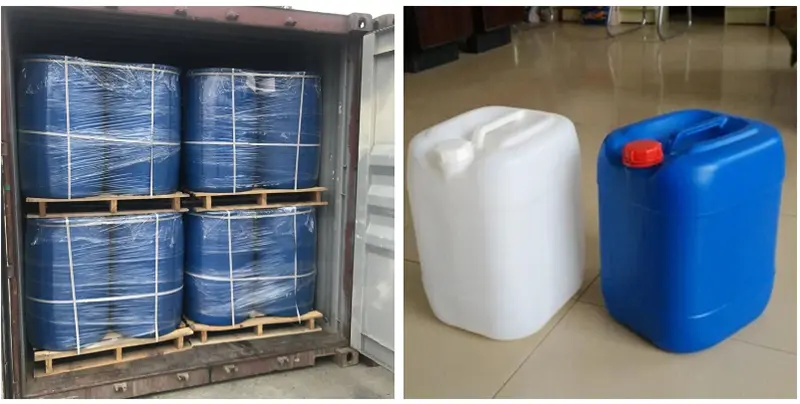Polyethylene Glycol CAS#25322-68-3
Polyethylene Glycol CAS#25322-68-3 Promotion Season Now in Store and Free Sample for Testing with Factory Price
Chemical Name:Polyethylene Glycol CAS#25322-68-3
CAS No.:25322-68-3
Molecular Formula:0
Molecular weight:0
Sample: Available
Mode of Transportation
1. By Air, fast but expensive.
2. By Sea, usual and economy.
3. By Train, suit for middle Asia countries.
4. By Express, suit for small package.
We only provide highest quality goods available, accompanied by after support!
Products Description of Polyethylene Glycol CAS#25322-68-3
Polyethylene glycol is referred to as "PEG". It is a high molecular weight compound formed by intermolecular dehydration condensation of ethylene glycol. Chemical formula HOCH2(CH2OCH2)nCH2OH. Where n is greater than 4. Average molecular weight 200-7000. The number after the commercial polyethylene glycol indicates the average molecular weight. For example, polyethylene glycol-400 means that the average molecular weight of the commercial polyethylene glycol is about 400.
Colorless viscous liquid or white solid. Low toxicity! Soluble in water and many organic solvents, easily soluble in aromatic hydrocarbons, slightly soluble in aliphatic hydrocarbons. It does not hydrolyze for a long time, is heat-stable, and does not react with many chemical reagents. Some metal salts can dissolve in polyethylene glycol at about 100°C and remain stable at room temperature. These metal salts include chlorides of calcium, cobalt, copper, iron, magnesium, manganese, tin and zinc, potassium iodide and ethyl mercury, etc. It can be used as a plasticizer, softener, wetting agent, lubricant, solvent, adhesive, and can also be used to prepare fragrances and as a pharmaceutical preparation.
Polyethylene Glycol Chemical Properties
Melting point | 64-66 °C |
Boiling point | >250°C |
density | 1.27 g/mL at 25 °C |
vapor density | >1 (vs air) |
vapor pressure | <0.01 mm Hg ( 20 °C) |
refractive index | n20/D 1.469 |
Fp | 270 °C |
storage temp. | 2-8°C |
solubility | H2O: 50 mg/mL, clear, colorless |
form | waxy solid |
Specific Gravity | 1.128 |
color | White to very pale yellow |
PH | 5.5-7.0 (25℃, 50mg/mL in H2O) |
Water Solubility | Soluble in water. |
Sensitive | Hygroscopic |
λmax | λ: 260 nm Amax: 0.6 |
Merck | 14,7568 |
Stability: | Stable. Incompatible with strong oxidizing agents. |
LogP | -0.698 at 25℃ |
NIST Chemistry Reference | Polyethylene glycol(25322-68-3) |
EPA Substance Registry System | Polyethylene glycol (25322-68-3) |
Safety Information
Hazard Codes | Xi,T |
Risk Statements | 36/38-52/53-33-23/24/25 |
Safety Statements | 26-36-24/25-61-45-36/37 |
WGK Germany | 3 |
RTECS | TQ4110000 |
F | 3-9 |
Autoignition Temperature | 581 °F |
Hazard Note | Harmful |
TSCA | Yes |
HS Code | 39072011 |
Hazardous Substances Data | 25322-68-3(Hazardous Substances Data) |
Toxicity | LD50 orally in Rabbit: 28000 mg/kg LD50 dermal Rabbit > 20000 mg/kg |
Product Application of Polyethylene Glycol CAS#25322-68-3
Polyethylene glycol and polyethylene glycol fatty acid esters are widely used in the cosmetics and pharmaceutical industries. Polyethylene glycol has many excellent properties: water solubility, non-volatility, physiological inertness, mildness, lubricity, and makes the skin moisturized, soft, and pleasant after-use. Polyethylene glycol with different relative molecular mass fractions can be selected to change the viscosity, hygroscopicity and organizational structure of the product. Polyethylene glycol with low relative molecular mass (Mr < 2000) is suitable for use as a wetting agent and consistency regulator, used in creams, lotions, toothpastes and shaving creams, etc., and is also suitable for non-washed hair care products to give hair a silky luster. Polyethylene glycol with high relative molecular mass (Mr > 2000) is suitable for lipsticks, deodorant sticks, soaps, shaving soaps, foundations and beauty cosmetics. In cleaning agents, polyethylene glycol is also used as a suspending agent and thickener. In the pharmaceutical industry, it is used as a base for ointments, emulsions, ointments, lotions and suppositories. Commercially available polyethylene glycol that meets the requirements for food and drug use (such as Polyethylene Glycol NF, Dowchemical Co.) is more suitable for use in cosmetics. The applications of methoxy polyethylene glycol and polypropylene glycol are similar to those of polyethylene glycol. Polyethylene glycol is widely used in a variety of pharmaceutical preparations, such as injections, topical preparations, ophthalmic preparations, oral and rectal preparations. Solid-grade polyethylene glycol can be added with liquid polyethylene glycol to adjust the viscosity for topical ointments; polyethylene glycol mixtures can be used as suppository bases; polyethylene glycol aqueous solutions can be used as suspending agents or to adjust the viscosity of other suspension media; polyethylene glycol and other emulsifiers are used together to increase the stability of emulsions. In addition, polyethylene glycol is also used as a film coating agent, tablet lubricant, controlled release material, etc.
Factory and Equipment Show


Fast delivery time
Inventory 2-3 working days New production 7-10 working days








